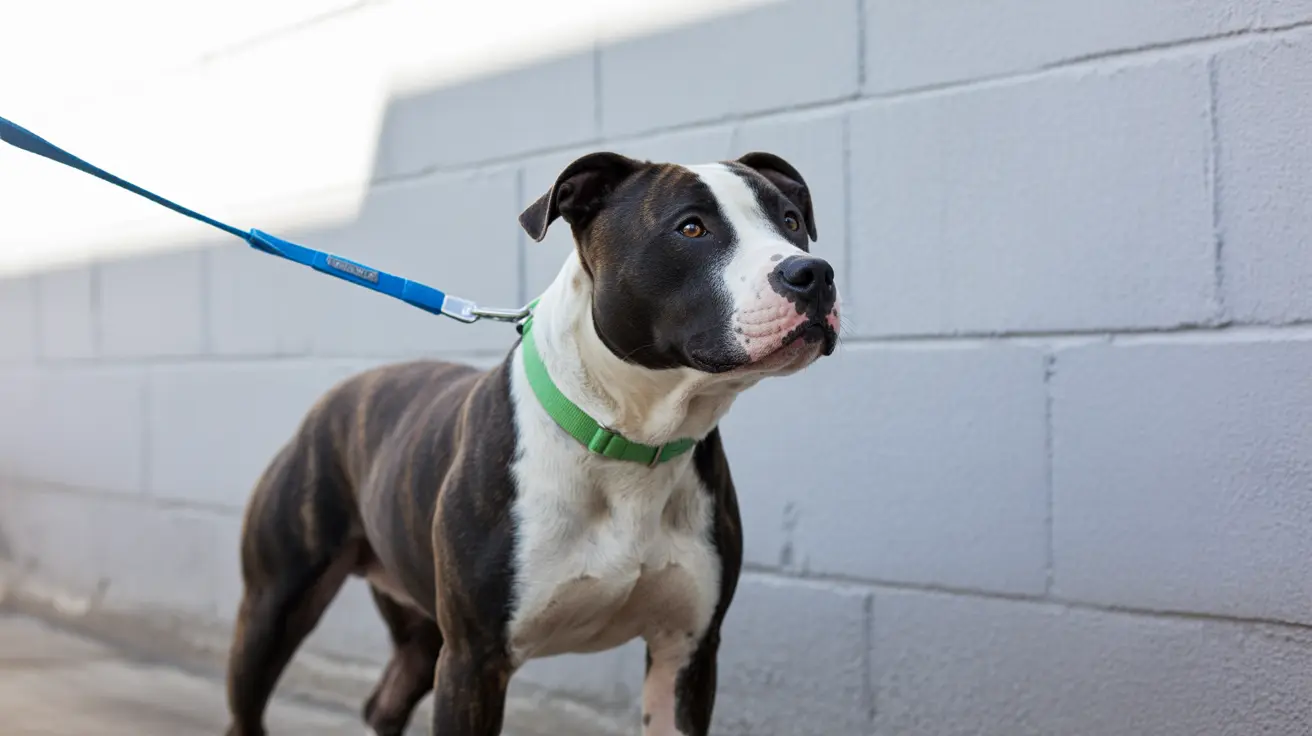Understanding Fatal Skin Conditions in Dogs
While many skin issues in dogs are treatable and relatively harmless with early intervention, certain conditions can become severe and even fatal if not promptly diagnosed and managed. Recognizing the signs and understanding the risks associated with these conditions is crucial for pet owners who want to ensure their dog’s long-term health and survival.
1. Autoimmune Skin Diseases
One of the most severe and potentially fatal categories of skin disorders in dogs involves autoimmune diseases. These occur when the immune system mistakenly attacks the body’s own skin tissue, leading to chronic inflammation, ulcerations, and in some cases, systemic illness.
- Pemphigus Complex: Includes diseases like pemphigus foliaceus and pemphigus vulgaris. Symptoms include large blisters, crusty sores around the eyes, ears, and nose, and can progress to life-threatening infections.
- Discoid Lupus Erythematosus (DLE): Typically affects the nose and face, leading to depigmentation and ulceration. In its systemic form (Systemic Lupus Erythematosus), it can affect organs and be fatal.
These diseases often require lifelong management with immunosuppressive medications such as corticosteroids, cyclosporine, or oclacitinib. Veterinary attention is mandatory to monitor side effects and adjust treatment.
2. Malignant Skin Tumors
Dogs, especially as they age, are susceptible to different types of skin cancers, some of which can be fatal depending on their nature and stage at detection.
- Mast Cell Tumors (MCTs): One of the most common malignant skin tumors in dogs. Symptoms include lumps that may be red, ulcerated, or fast-growing. Some MCTs release histamine and can cause systemic symptoms including ulcers and low blood pressure.
- Squamous Cell Carcinoma: Typically results from sun exposure. These are aggressive tumors that can metastasize to lymph nodes and organs.
- Melanoma: Can develop in areas like the mouth and toes, often aggressive and prone to spread.
Early detection followed by surgical removal, chemotherapy, or radiation can improve survival rates. Delays in treatment dramatically reduce the prognosis.
3. Severe Parasitic and Fungal Infections
Although not always fatal, untreated infestations or infections from mites, fleas, or fungi can result in secondary complications, especially in immunocompromised dogs.
- Sarcoptic Mange: Causes extreme skin irritation, hair loss, and open wounds prone to bacterial infection. If left unaddressed, systemic infection and sepsis may occur.
- Ringworm: A fungal infection that creates bald, circular skin lesions. When widespread, particularly in puppies or dogs with poor immunity, it can lead to more serious infections.
Aggressive treatment using antiparasitics, antifungals, and antibiotics when needed can prevent these from becoming life-threatening.
4. Bacterial Skin Infections and Pyoderma
Pyoderma, folliculitis, and impetigo can originate as mild conditions but can escalate to fatal illness if left untreated. In certain cases, the skin infection penetrates deeper layers or enters the bloodstream, resulting in sepsis.
Key symptoms include:
- Oozing sores and pustules
- Redness, swelling, and crusting skin
- Fever, lethargy, and loss of appetite in advanced stages
5. Indicators of Potentially Fatal Skin Conditions
Owners should urgently consult a veterinarian if the dog shows the following signs:
- Rapidly growing lumps or masses
- Persistent non-healing sores or wounds
- Ulcerative lesions on the face or mucous membranes
- Blisters or crusted patches that spread
- Systemic symptoms like vomiting, fever, or lethargy
Diagnosis and Management
Since many serious skin conditions mimic one another in appearance, accurate diagnosis requires:
- Skin biopsies
- Allergy tests
- Blood panels
- Microscopic fungal and bacterial cultures
Treatment often includes:
- Immunosuppressive therapy (for autoimmune diseases)
- Surgical removal and oncologic treatments (for tumors)
- Antibiotics or antifungals
- Wound care and supplemental therapies
Prevention and Monitoring
Although not all fatal conditions can be prevented, proactive measures greatly reduce risk:
- Regular skin and coat checks during grooming
- Prompt veterinary evaluation of unusual lumps or sores
- Consistent parasite prevention
- Minimizing sun exposure for dogs with light-colored coats or pink skin
Ultimately, vigilance and timely action are the most effective strategies for protecting your dog from a fatal outcome due to skin disease.





